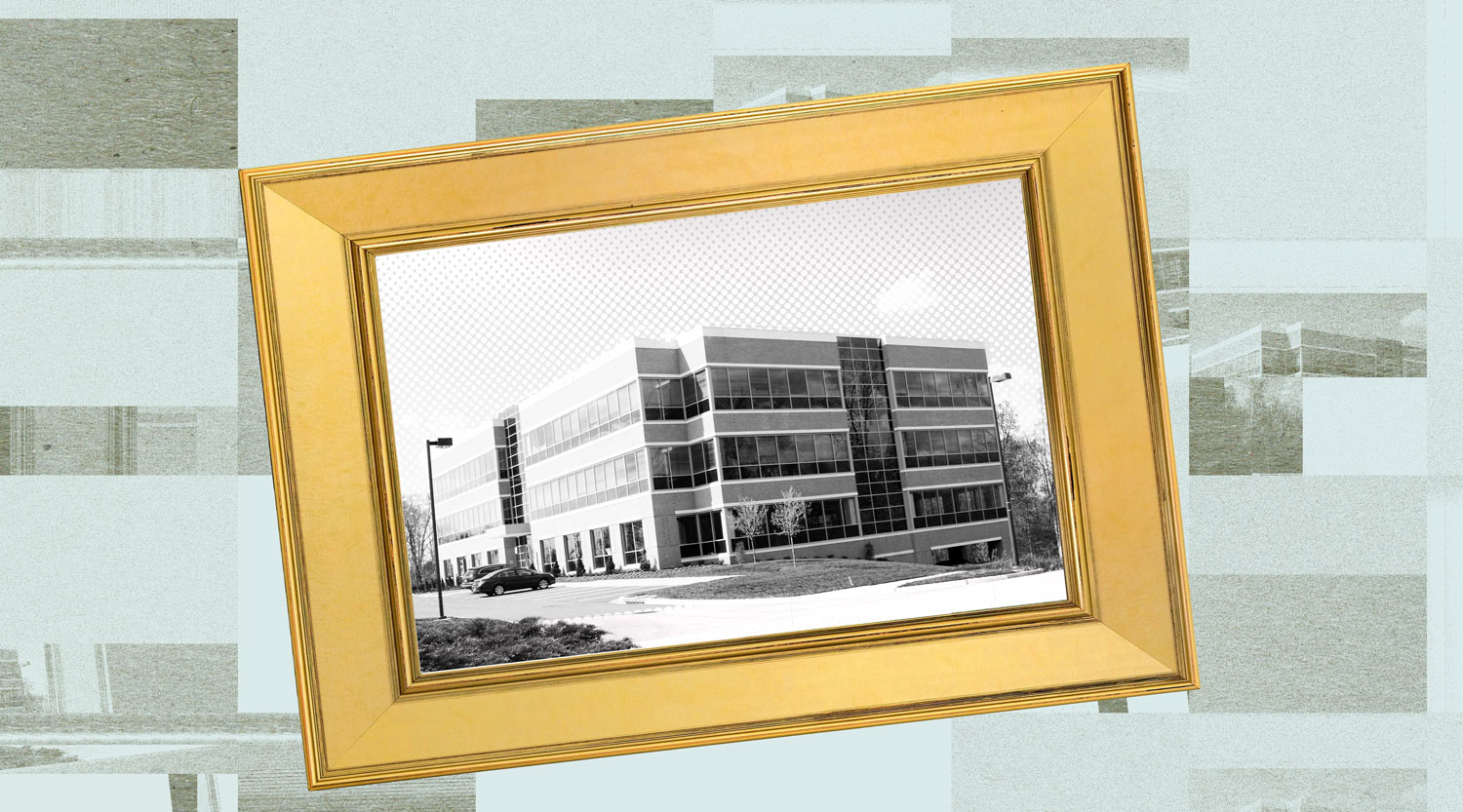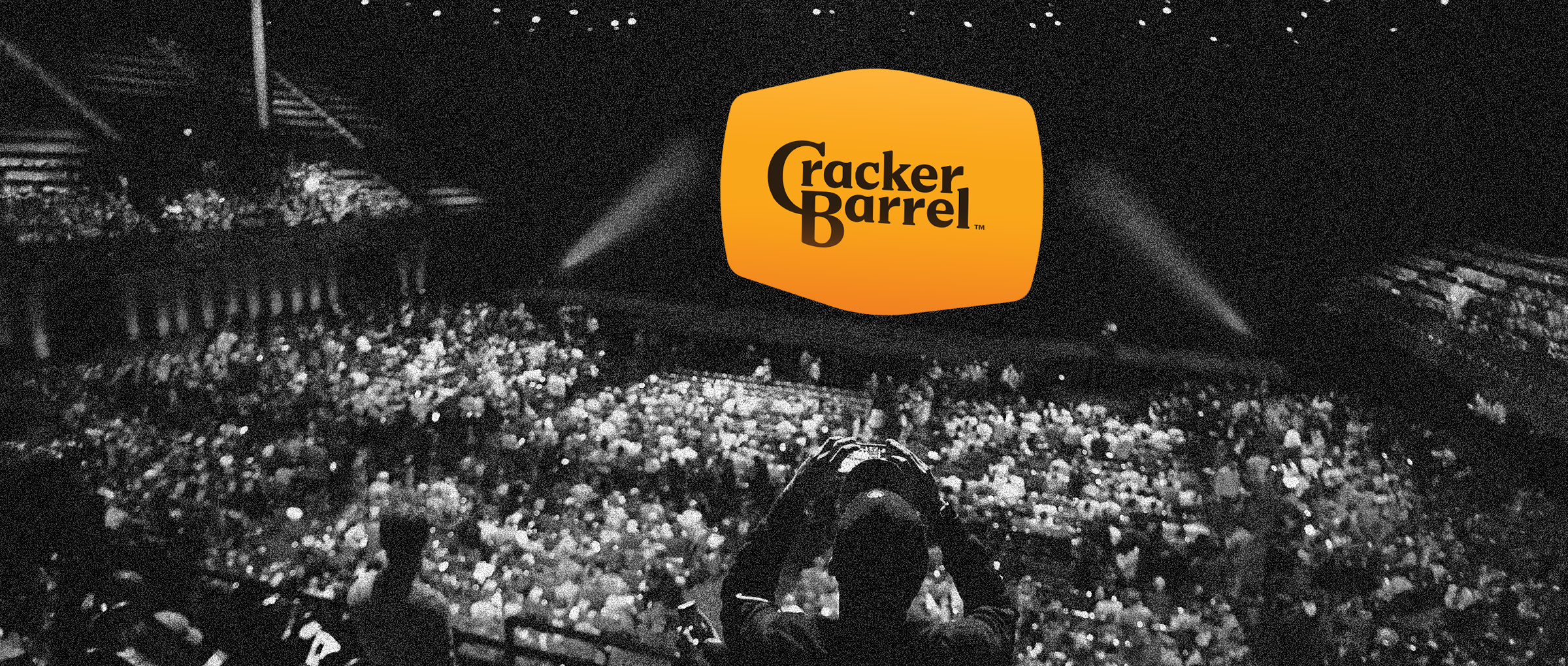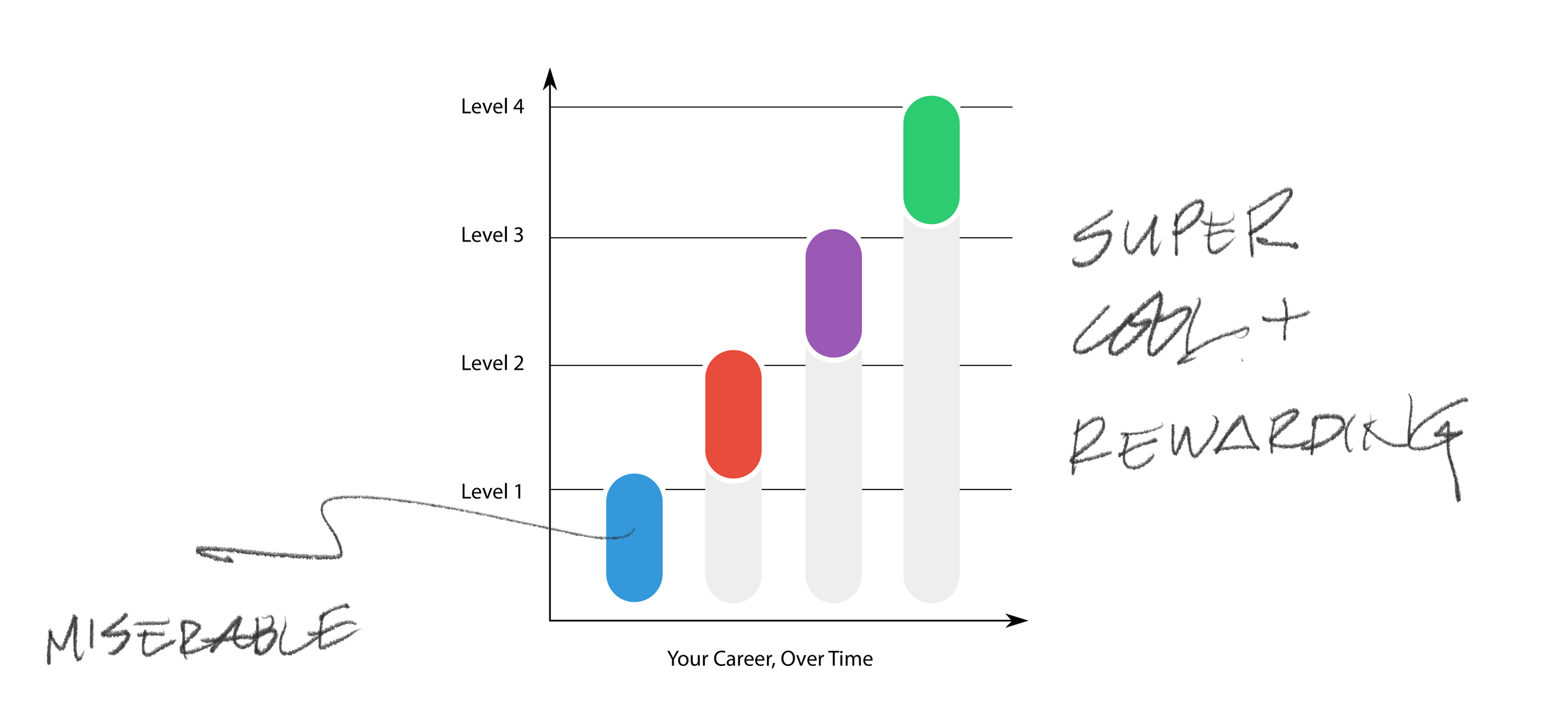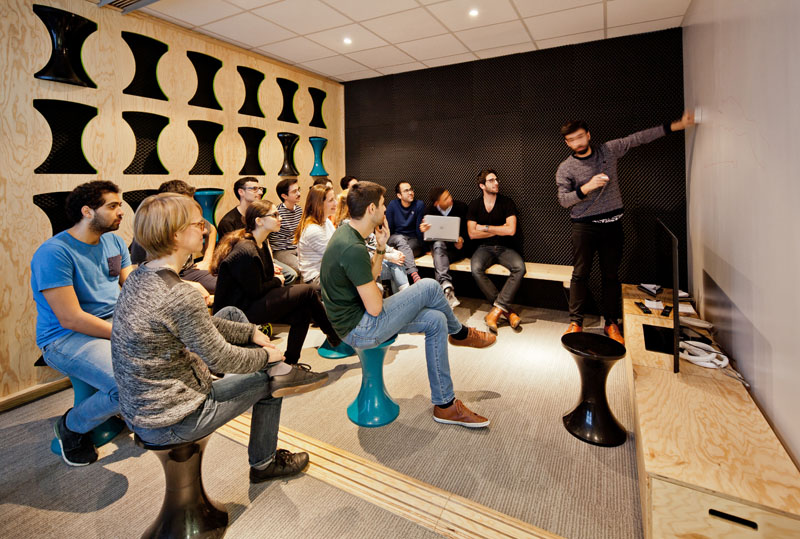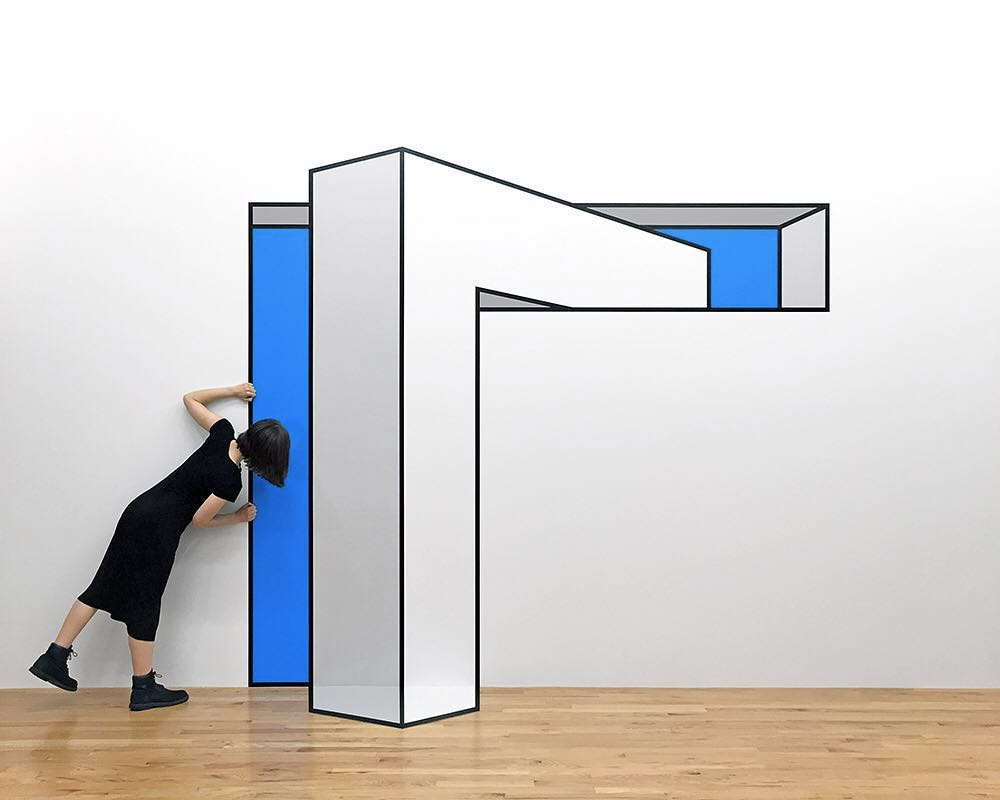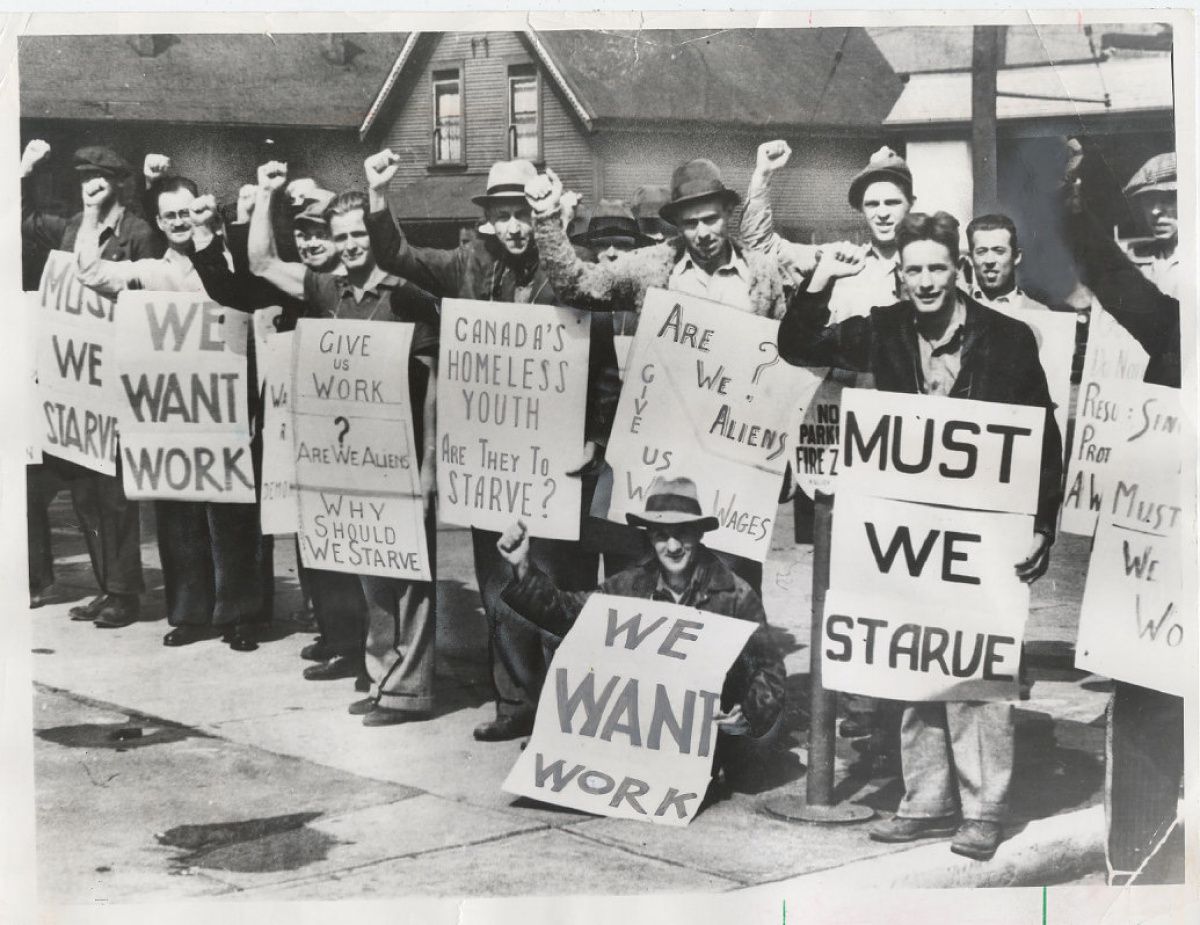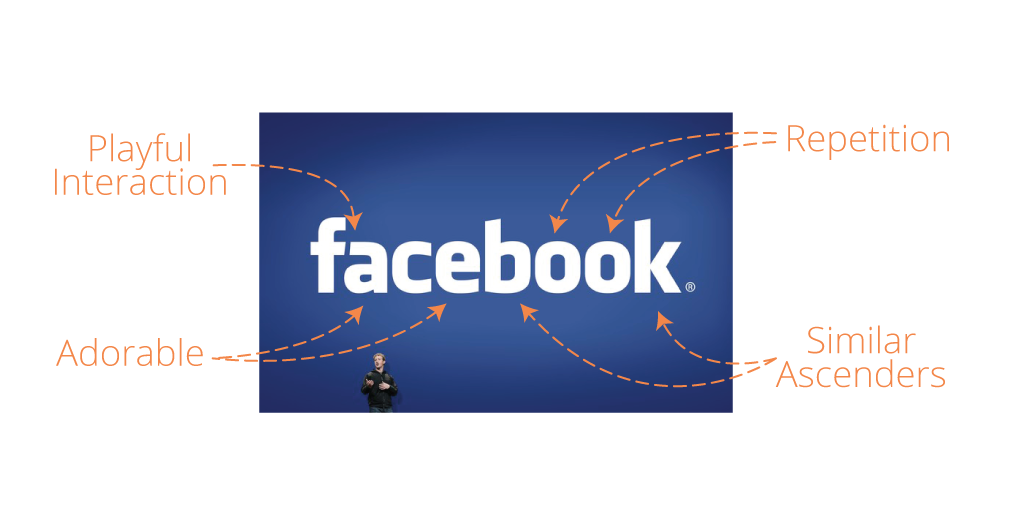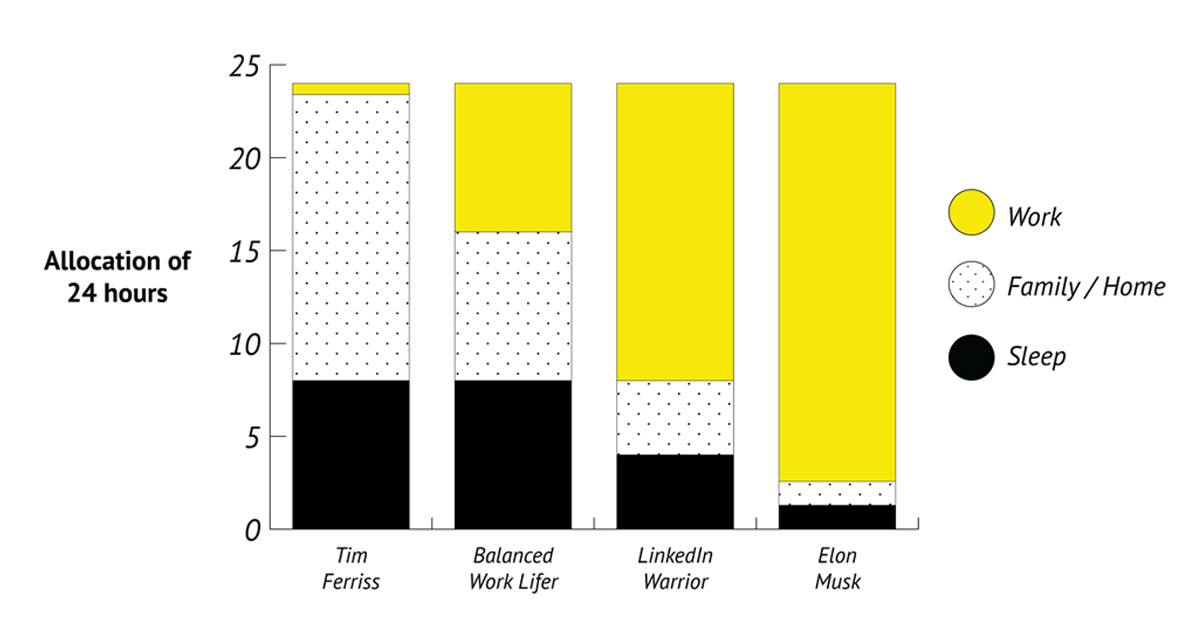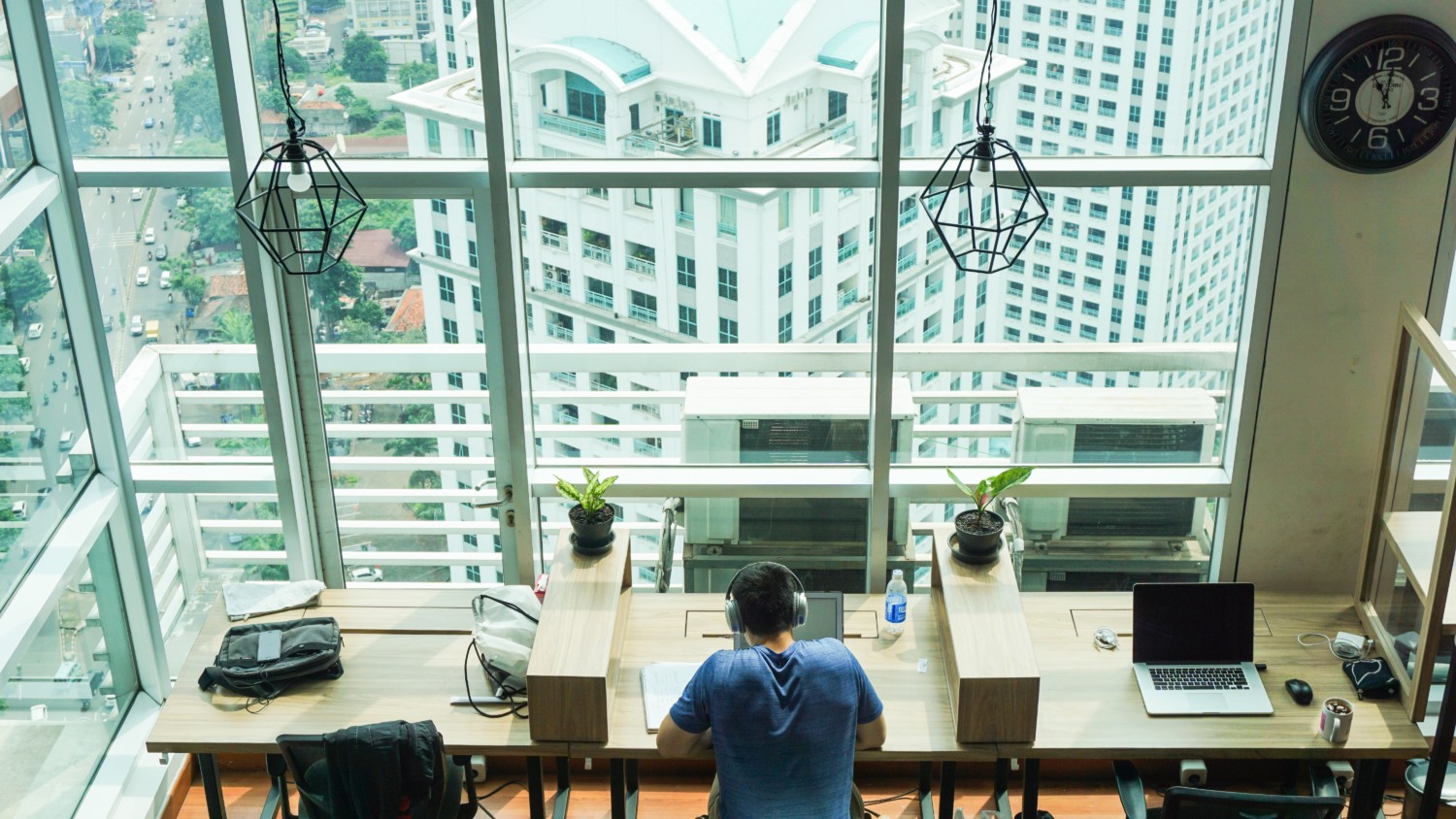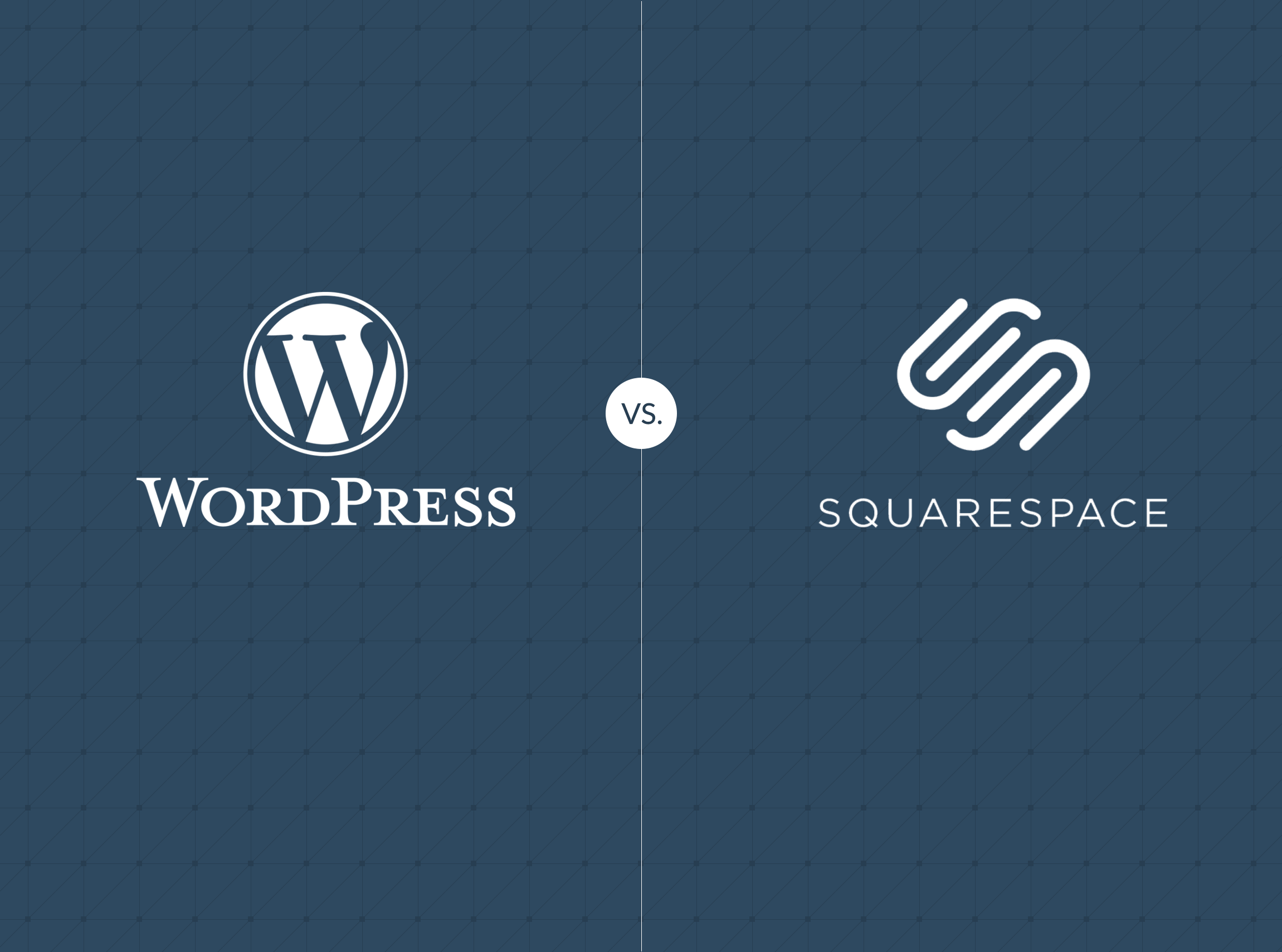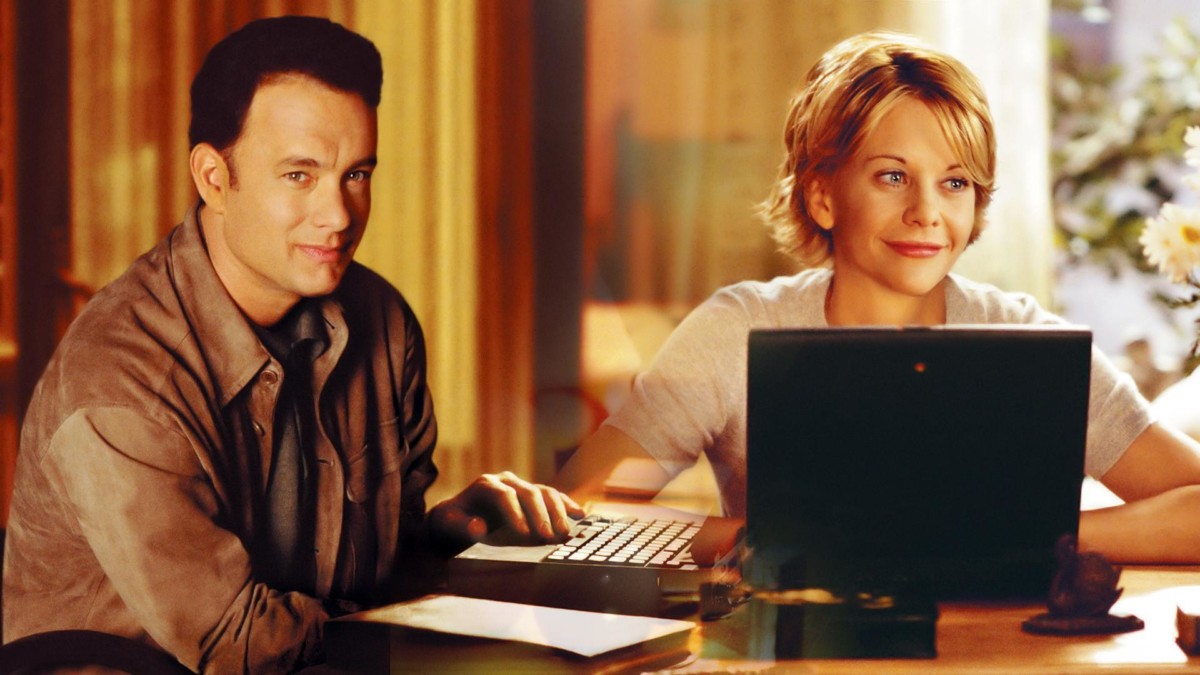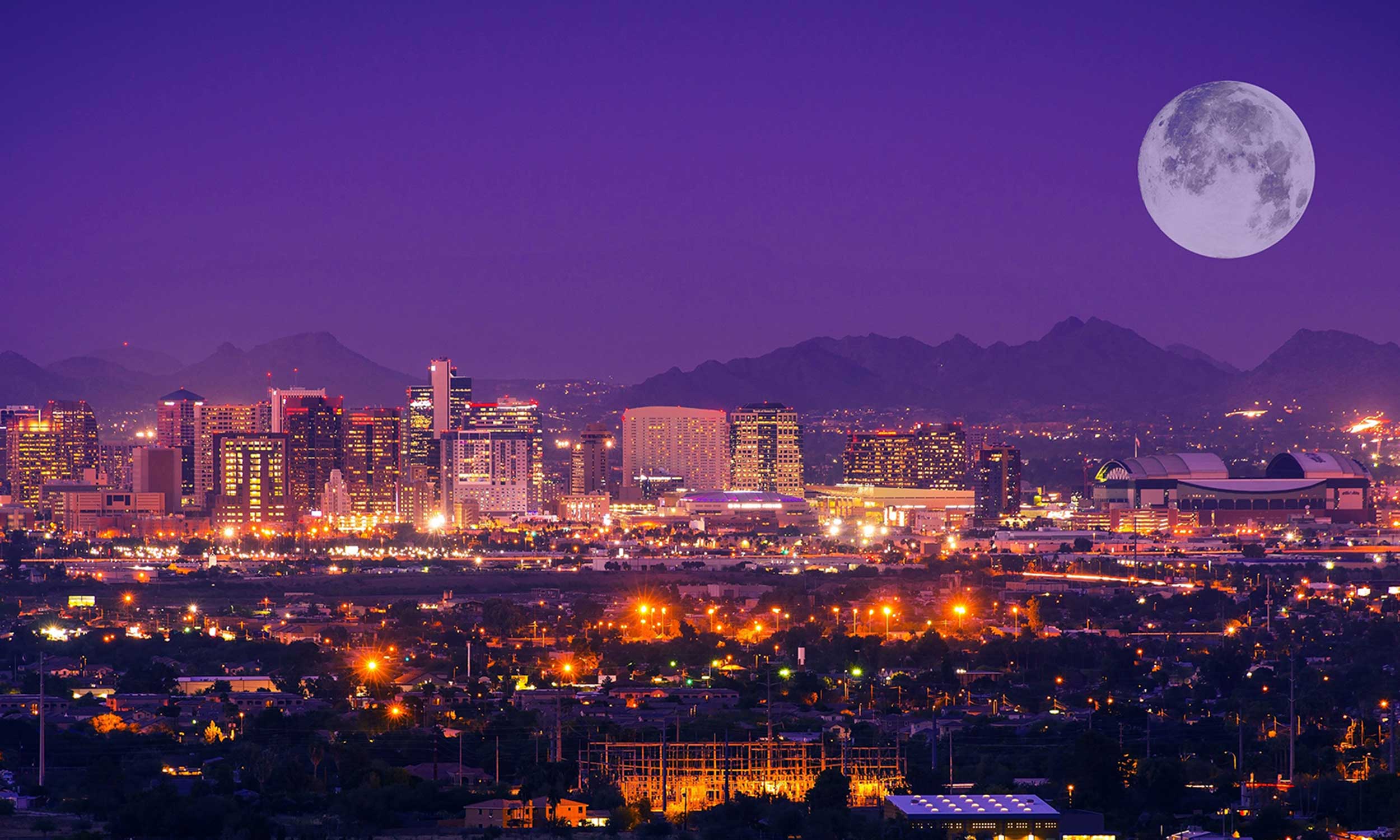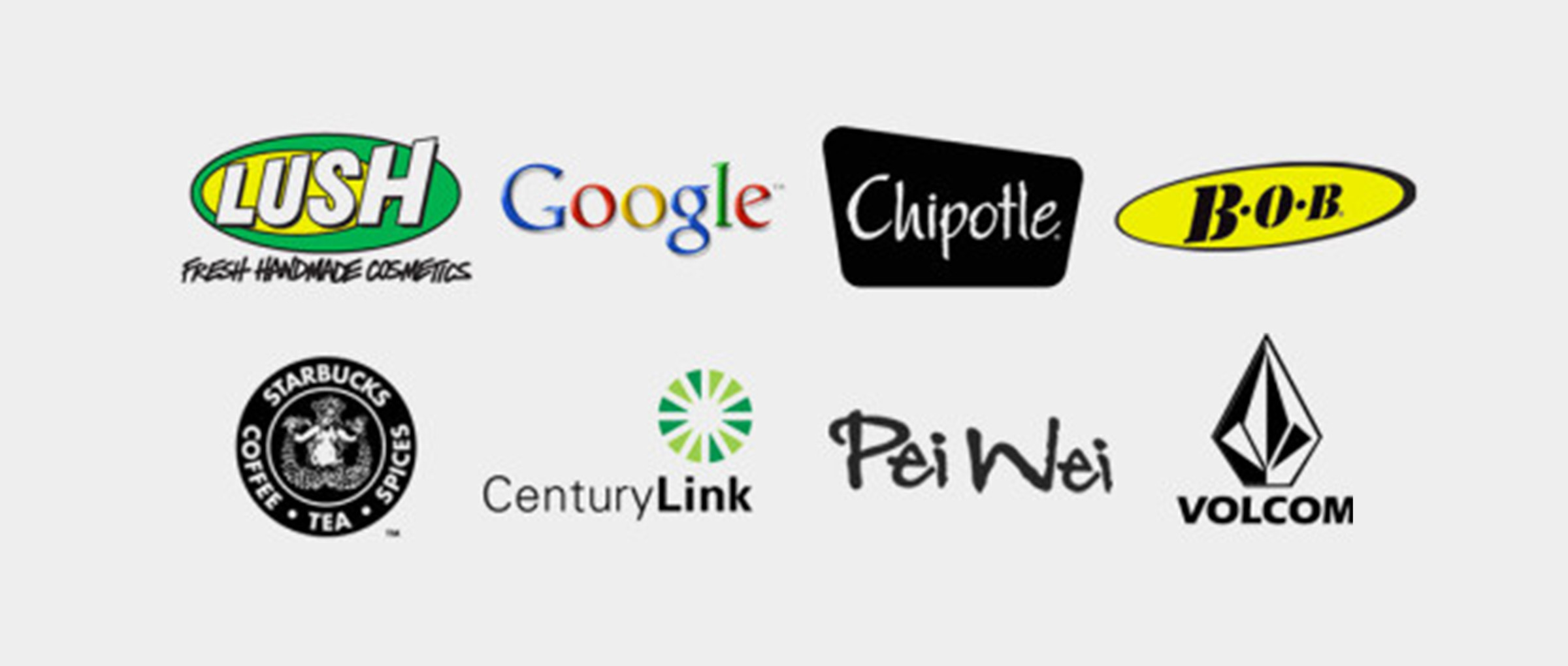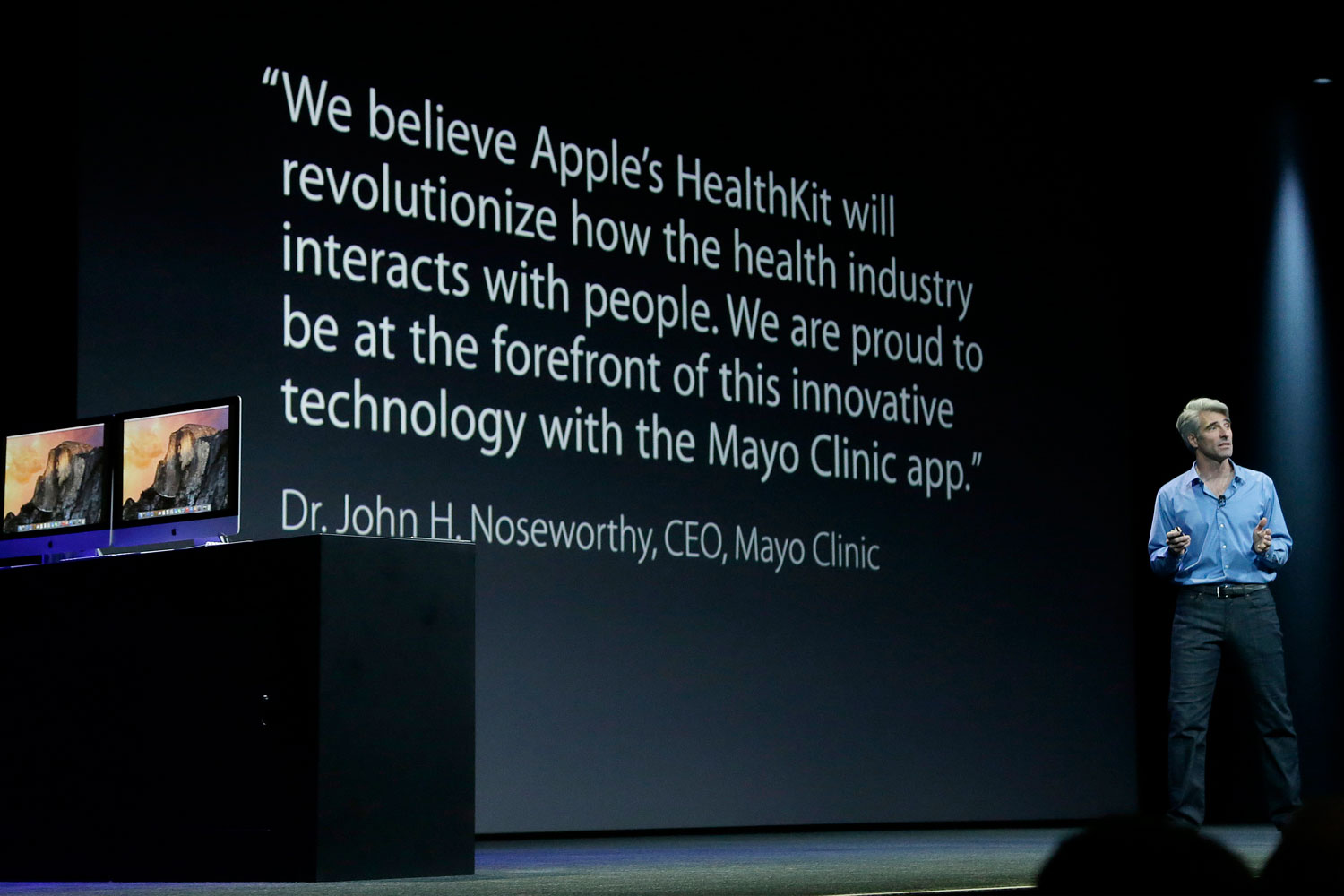Everyone brought their computers home, and the wheels of the economy continued to turn (TY Zoom, Slack, etc.). It was 2020* and everything changed, but the world didn't collapse.
Here we are two years later, the COVID-19 pandemic seems to be in the rearview mirror. Yet no one is rushing back into the office. In fact, some large corporations are realizing that expensive office buildings aren't worth it, and their company can run just fine without them (rumor: GoDaddy.)
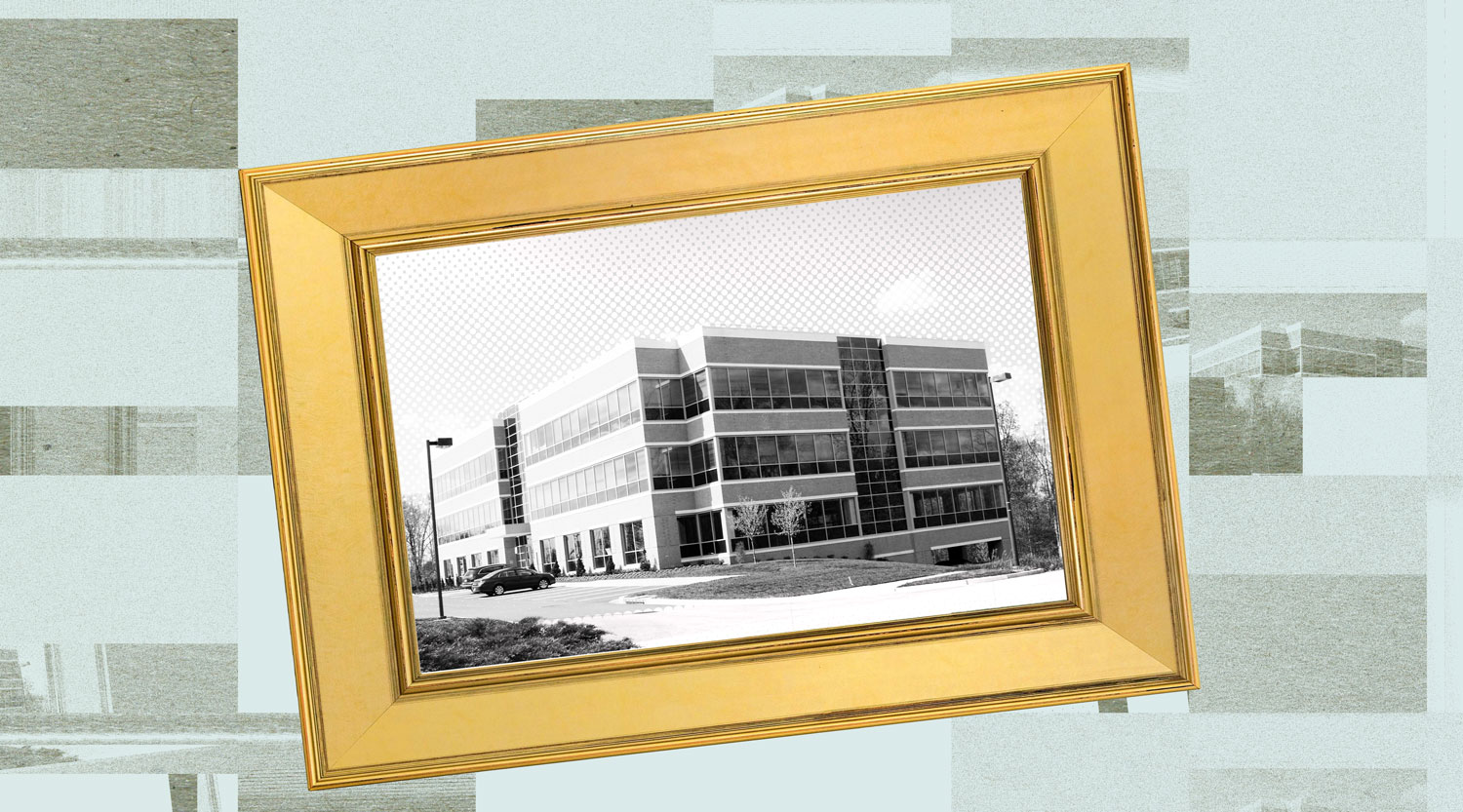
How will this radical shift away from office buildings effect the rest of the built world? Let's imagine the next 10 years.
- Work from Anywhere, USA
- Commercial Real Estate Will Never Be the Same
- Lowering the Barrier to Entry for Startups
- Most Importantly...
Work from Anywhere, USA
The highest paying jobs are at tech companies in New York, Seattle, Boston, San Francisco / Silicon Valley. Unfortunately, those big salaries won't get you much in those expensive housing markets. It's possible to make $200k a year and still live in a dumpy apartment. (I lived in NYC back in 2000, I know how this works.)
But today you don't have to live in these expensive cities. As a tech worker, you can keep your big salary, but move pretty much anywhere. Your quality of life improves. You can buy a house, maybe a nice house. Maybe start a family? You can spend your extra money in the small town you now call home.
High concentrations of wealth are now (slowly) spreading out across the many dots on the map of the United States. We could see more small cities ascend to the "cool" status already achieved by Austin, Nashville, Asheville, and Portland. College towns could keep their college graduates. Small cities in beautiful places (e.g. Billings, Boise, Tucson) could see an influx of talent, resources, and culture.
Commercial Real Estate Will Never Be the Same
Before we talk about offices, let's make fun of the shopping mall. Let's pause and reflect on the 1st pillar of commercial real estate.
Retail began its slow-moving apocalypse when eCommerce began in the late 1990s. Buying stuff online is more convenient, more fun, and you have more options. Walk-in stores are nice, but who needs stores? People have asked that question for 20+ years and so far we have one answer:
“Nobody needs a store, except maybe a couple, and one of those is an Apple store.”
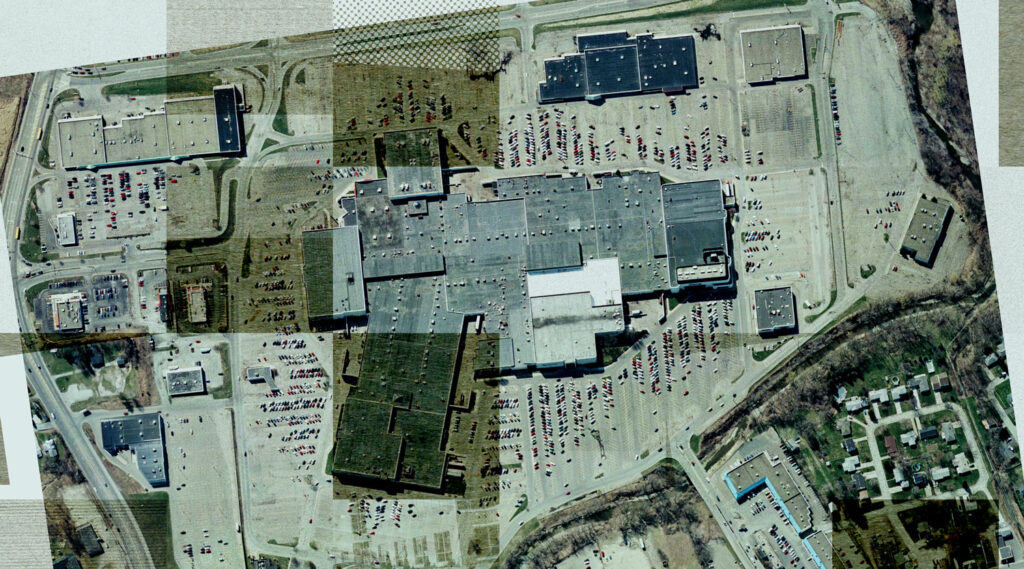
Result? Malls are vacant. Malls are closing. Malls are crumbling. Many of the popular stores and name brands that defined the 1990s shopping mall have gone bankrupt. Game over.
(There's a funny twist to this story. Over on YouTube, creators are making a fortune in ad dollars by exploring creepy abandoned malls. There is no way anyone at Westcor saw this coming when they ruled the world back in the 1980s and 1990s. )
Now we have the 2nd pillar of commercial real estate: office buildings. I'm not talking about factories or warehouses. I am just talking about the buildings with desks to park our computers, a few big rooms for big meetings. What will become of these? Has their office space apocalypse began?
It's too early to know, but likely it will follow the same path as retail--a lot will change:
- Some companies need people in the building, so those people will continue to drive into work.
- Other companies will downsize their office space, maybe to just 1/4 of what it was in 2019. That space will be small, flexible, and maybe serve only as common ground to boost company culture.
- Some office buildings will reshape into co-working spaces for people who are tired of WFH, or for people who depend on the energy and collaboration of others (you know, the youngins.)
Other office buildings will be torn down. 100 years ago, that was farmland. 30 years ago, it was scraped and then concrete foundations were poured for an office building. Now the office building will be torn down, perhaps making room new homes for new families. Change can be good.
(There's a third pillar of commercial real estate: hotels. This pillar too is cracking, thinks to a lovely little app called AirBnB. But that's for another blog.)
Lowering the Barrier to Entry for Startups
Most tech startups from the last 25 years share similar mythical storylines:
"We started this in my garage... [5-10 years passes] ...now we are a multibillion dollar company. Just look at our big office!"
The expensive office, it seams, substantiates a company as legit. Startups spend VC to get cool spaces to show they are young and cool, that they are the next big thing. Established tech companies spend gazillions of dollars (Apple, Meta, Google) on massive utopian campuses to prove that they can kill you.
But how will entrepreneurship evolve over the next 25 years? Without the financial burden premium office space, will startups move faster? Nobody knows. But somewhere in the future there will be an IPO of a multi-billion dollar tech company that never once leased office space.
...somewhere in the future there will be an IPO of a multi-billion dollar tech company that never once leased office space.
Most Importantly...
Earlier I talked about how you can pretty much work for any company from anywhere. We can't miss the deeper story here. Parents can have a home office and see more of their growing children. Lunch breaks with coworkers? Why not lunch breaks every day with 3-year old daughter?
There's even more to this. For most of us, finding a good job meant uprooting from your hometown and family, moving to far off places to start a new life. This is my story. I loved my family, but I needed to start my own journey, and that took me far from home.
Maybe this is a new era where children can grow up, follow their dreams, and still live close enough to drive over on a Sunday night to have dinner with Mom and Dad.◾️
